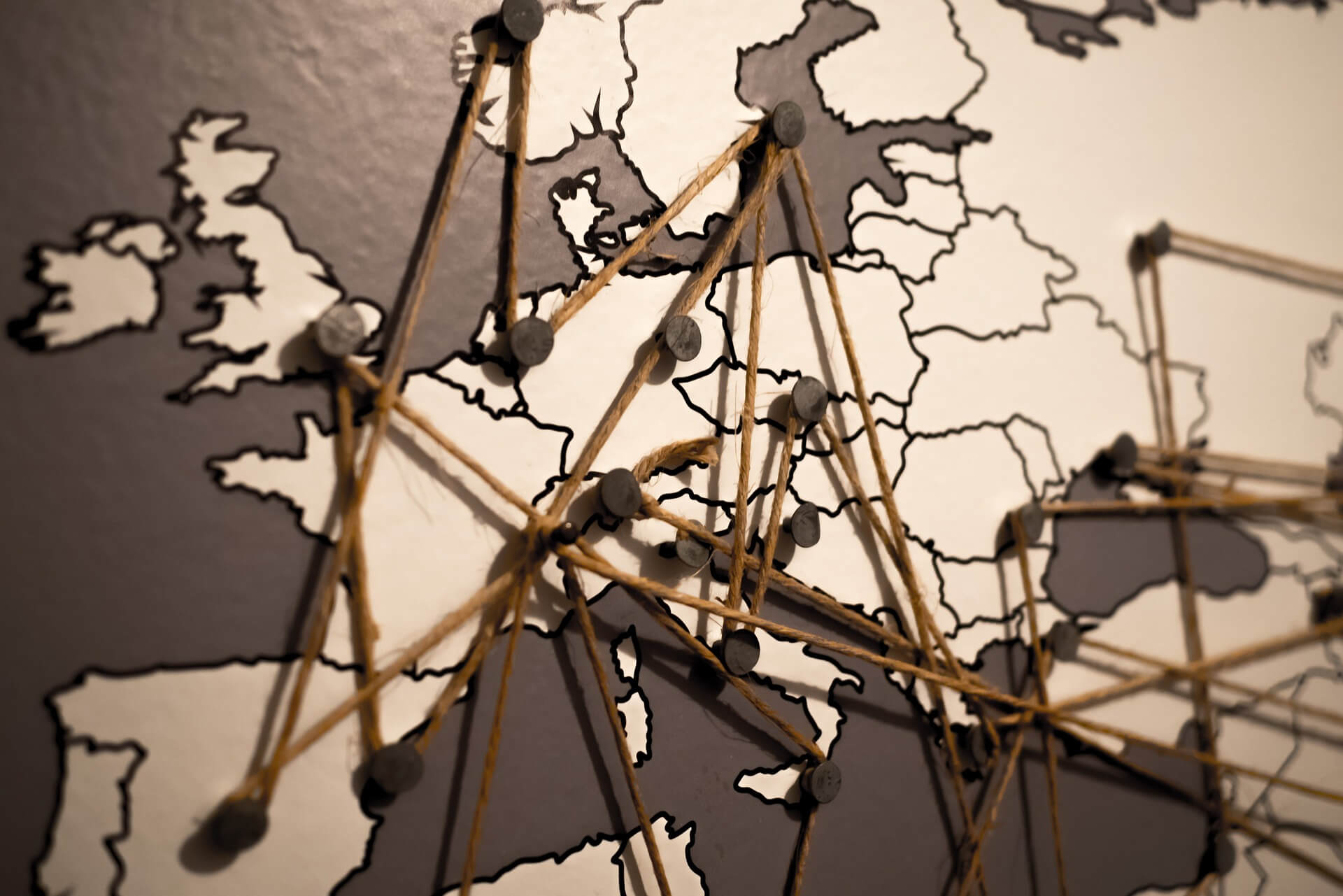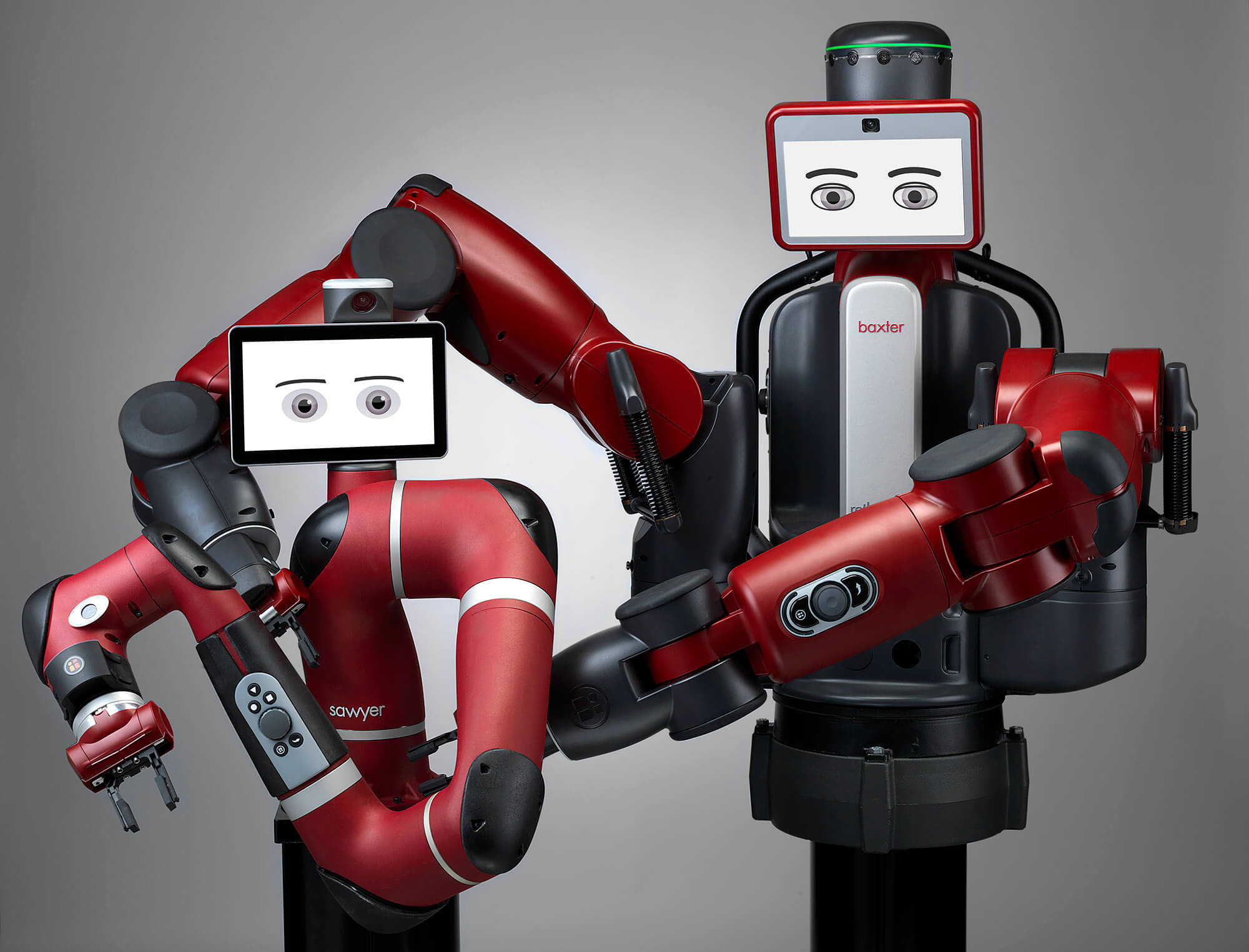Trust and Money
Establishing and maintaining trust is essential for executing a secure transaction. Trust is needed to ensure both parties are treated fairly. Up until recently, in the world of computing and networking that has been achieved in one of two ways. One way is that both parties already know each other and just need to prove (authenticate) their identities. A second way is to involve a third party who is trusted separately by each party. Then the third party “vouches” that the other two parties are who they claim to be and, based on that, trust between them is established. The challenge for transactions on the Internet is establishing trust between parties who are unknown to each other in a way that does not require getting a third party involved. This is exactly the challenge that faces Bitcoin and other forms of electronic currency and was the genesis of blockchain.
For example, a person walking down the street is hungry and stops by a hot dog stand. How can that person, using electronic currency, pay the street vendor? The vendor has never met the patron before and may never meet him again. How can they quickly conduct a transaction that exchanges something of value for a hot dog (with sauerkraut and mustard)? Since ancient times, “minted” money has provided the trust needed. Both parties trusted that physical currency has a particular value, and based on that they make the exchange. The credit or debit card is a slight variation on that theme — the vendor does not have to trust the buyer, but the card that the buyer is holding.
Rather than physically minted currency, blockchain currency requires the parties to trust the underlying math and recordkeeping systems. Blockchain is a system of publicly available ledgers and non-counterfeitable identifiers that keep track of who owns what value. When a transaction is made, the payment processor checks the unique identifiable blockchain record to make sure the payer owns the value. If that is successful, the exchange is then recorded in the public ledger. Because there are many copies of the ledger on the Internet, nobody can cheat by falsifying an entry. For a more detailed explanation of blockchain, check out this Wikipedia article.
As blockchain becomes mainstream it provides a way to establish “trust” between parties. This can be used to make financial transactions, but has the potential to support almost any type of secure exchanges. Applications could extend well beyond the exchange of currency. Already, the technology is being used for contracts for the exchange of services and real estate for the legally defensible exchange of property. Blockchain has the potential to “authenticate” an exchange of information (e.g., transfer of healthcare records). This technology is also being used in places for voting in political elections.
The question of the usefulness of blockchain authenticated transactions will become one about the scalability and extensibility of the technology. One challenge is that a network connection is required to complete the transaction. This is needed to allow access to the open, permanent, public, transparent databases. Multiple databases are accessed and records are compared to one another to ensure there is not any cheating. This may be a limitation, but in the coming world of “full-time” connectivity that will likely not be much of a problem.
Another concern is the fact that exchanges validated by blockchain are permanent and are traceable back to the origin of the value. This feature is needed to maintain the basis of the value, but also means that transactions cannot be anonymous. Of course, this is not a problem for parties willing to stay in the light.
Blockchain also has the potential to put significant strain on computing and networking technologies. The current file size for a blockchain transaction is 100 gigabytes (up from 15 gigabytes in 2014). Also, blockchain requires the use of algorithms to create a unique identifier for a transaction (also known as a “hash”). At times, considerable computing power can be required to create and process those hashes. Making this level of computing power available at the points of the transaction could pose a limitation for the use of blockchain.
In any case, the use of blockchain to create trust continues to grow. All the “big four” accounting houses (Ernst & Young, PWC, Deloitte, and KPMG) are exploring the use of this technology. In March of 2017, IBM announced that it would be offering blockchain as a service to facilitate trusted transactions. Finally, in January of 2017, the World Economic Forum reported that by 2025, they estimate that about 10 percent of the global GDP will be held in blockchain technology.
Since the dawn of mankind, establishing and maintaining trust has been vital. Trust is the grease that allows transactions to happen. Without it, everything can come to a screeching halt. In today’s world of the Internet and lightning-fast transactions, establishing and maintaining trust becomes even more difficult and more vital. Blockchain technology may not be the final answer, but it is certainly a step in a good direction.
Join the Catalyst Monitor
Join our community, where we push out regular insights to help maintain situational awareness on technological and socioeconomic trends.



